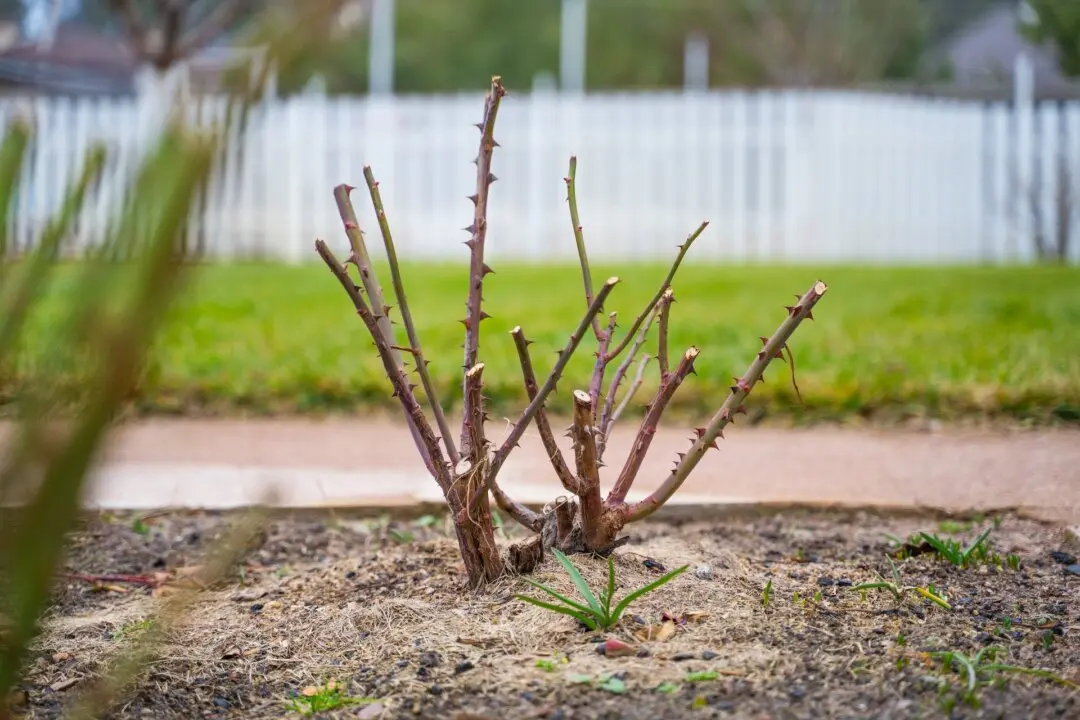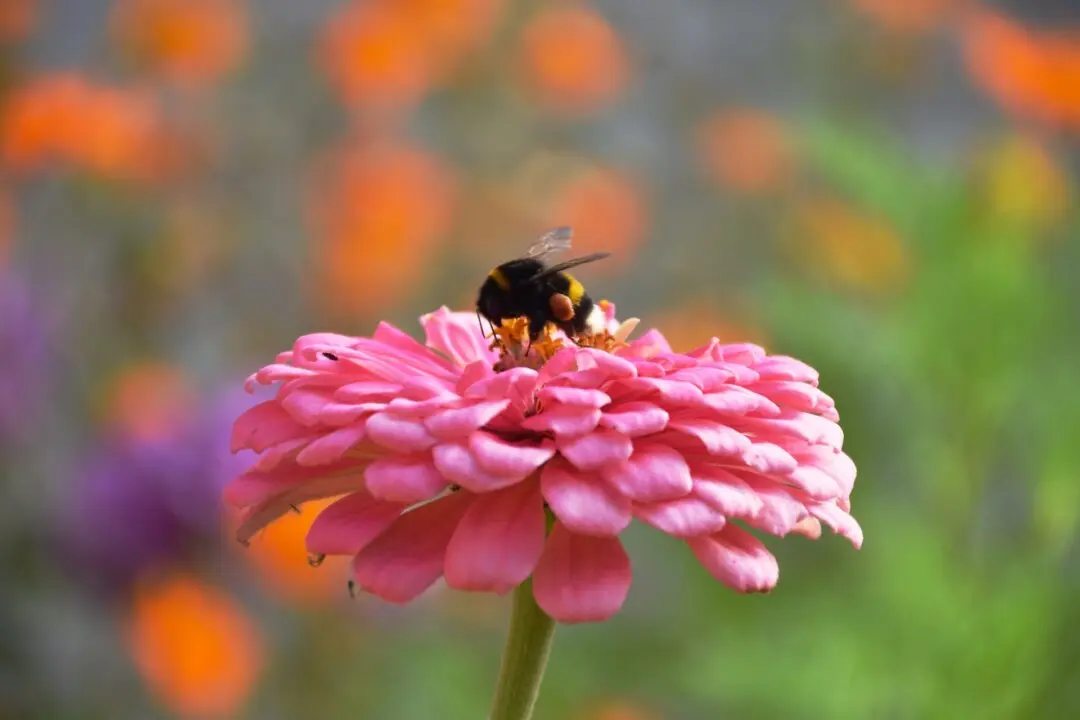Q: I discovered rows of holes on the trunk of one of my new pine trees, and the holes are oozing sap. I have never seen anything like this, and I don’t want the tree to die above all these holes. I thought maybe house caulk would stop the sap, and the tree might heal itself. Can I save the upper part of the tree?
A: I think you are noticing the unique feeding pattern of a sapsucker. There are four species of this kind of woodpecker in North America. The yellow-bellied sapsucker is found east of the Great Plains, and the other three can be found in the Rocky Mountains and along the Pacific Coast.





